 F.001
F.001
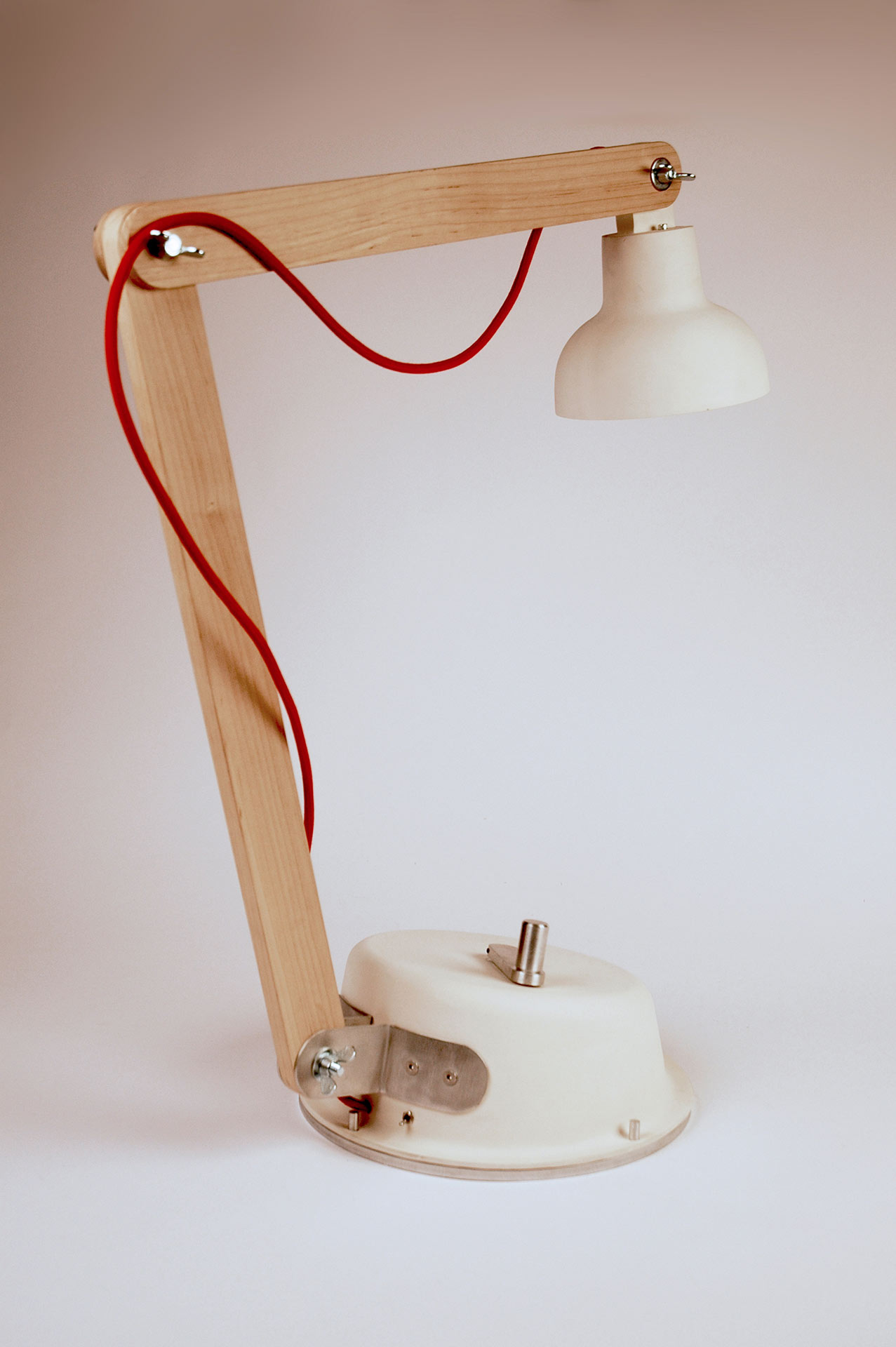 F.007
F.007
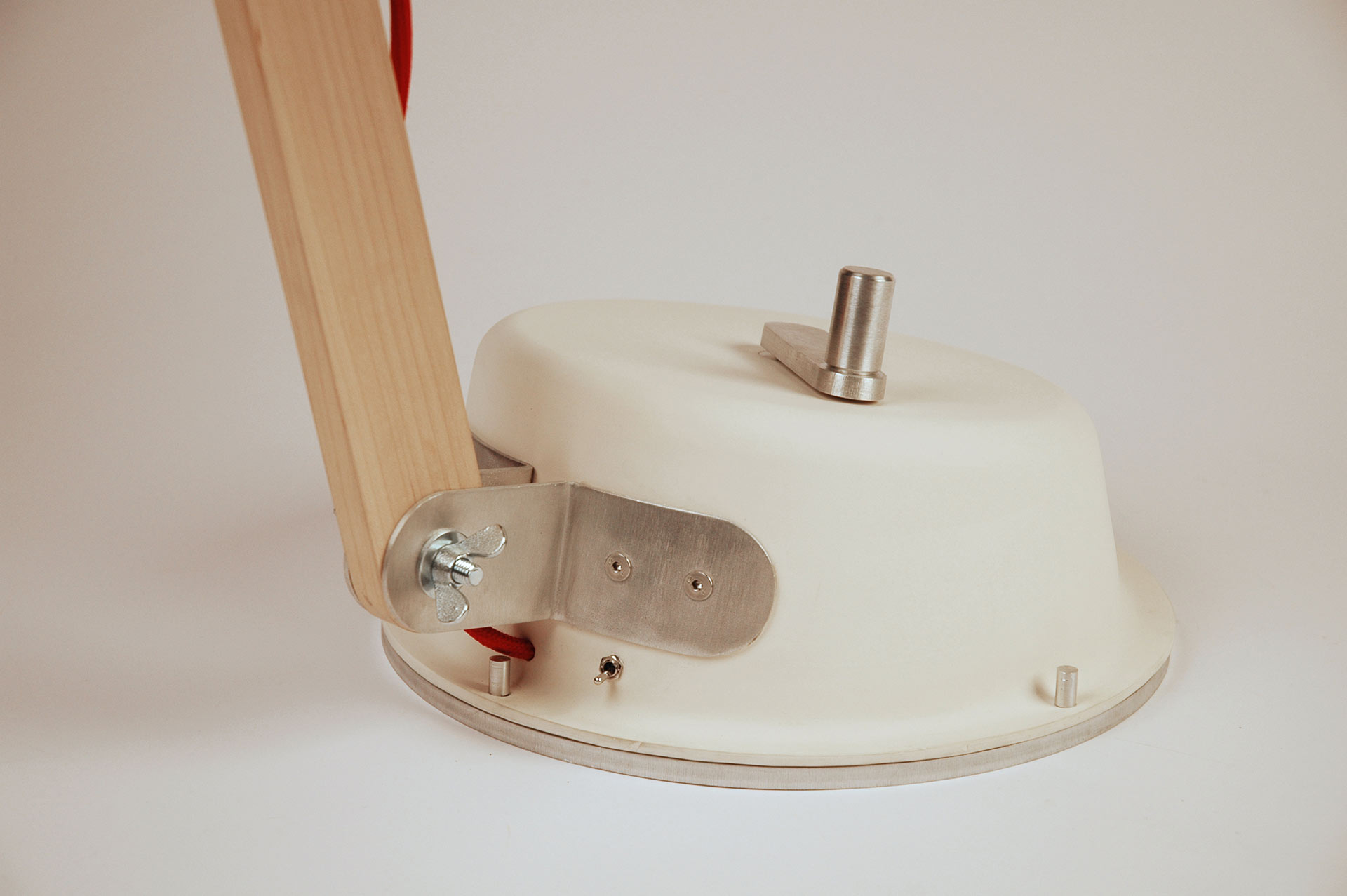 F.006
F.006
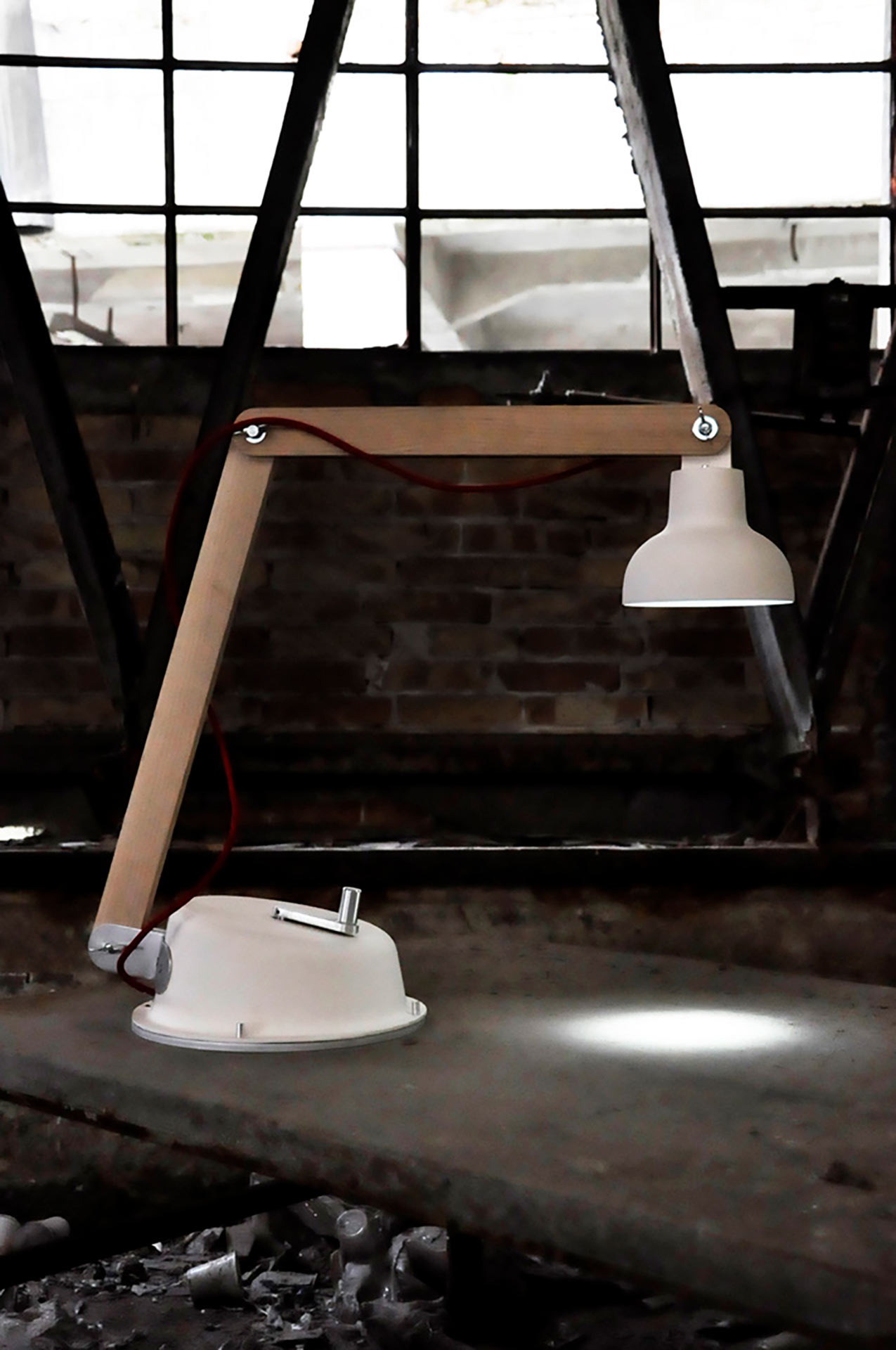 F.012
F.012
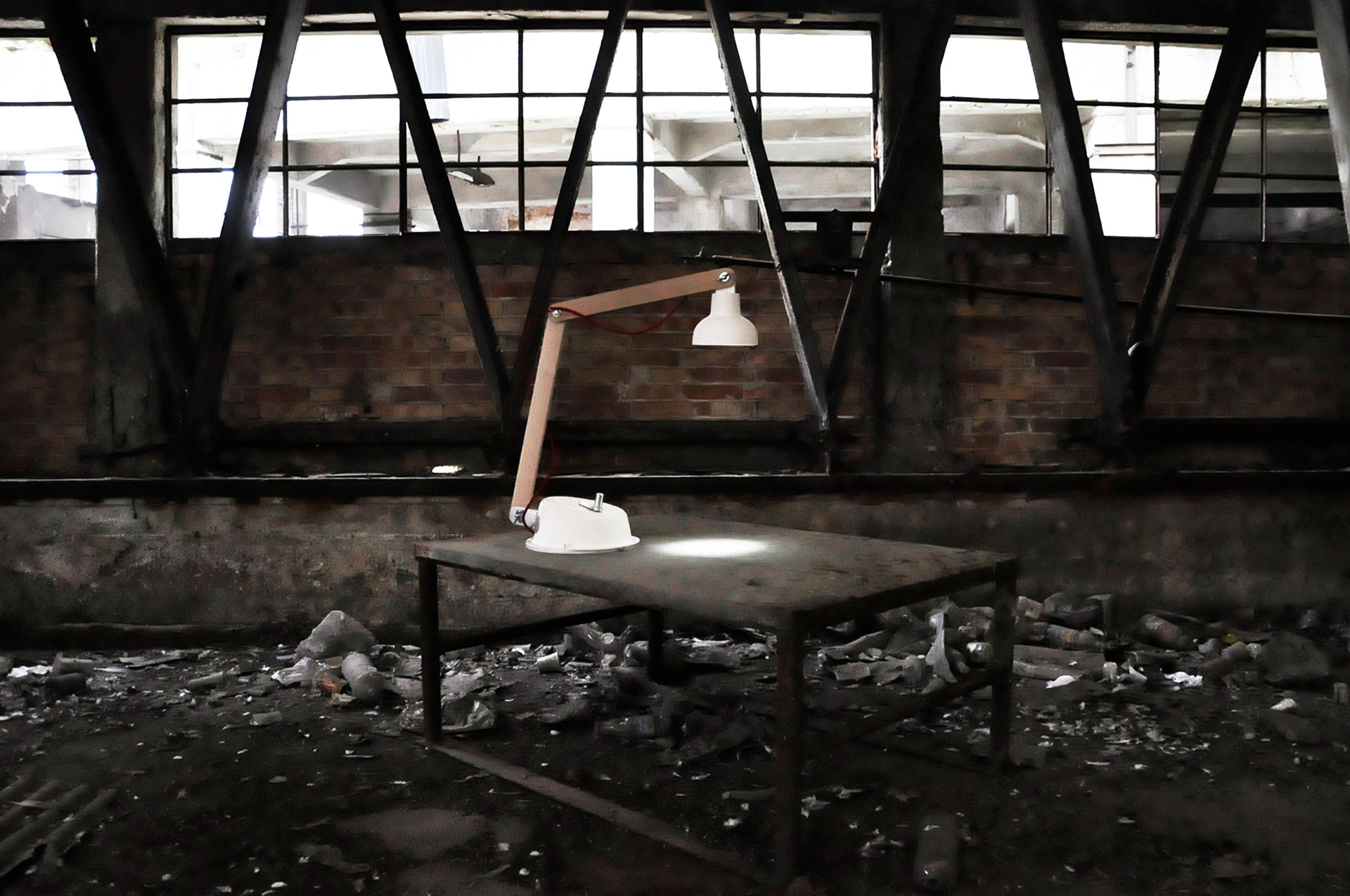 F.011
F.011
 F.008
F.008
 F.005Gatto
F.005Gatto
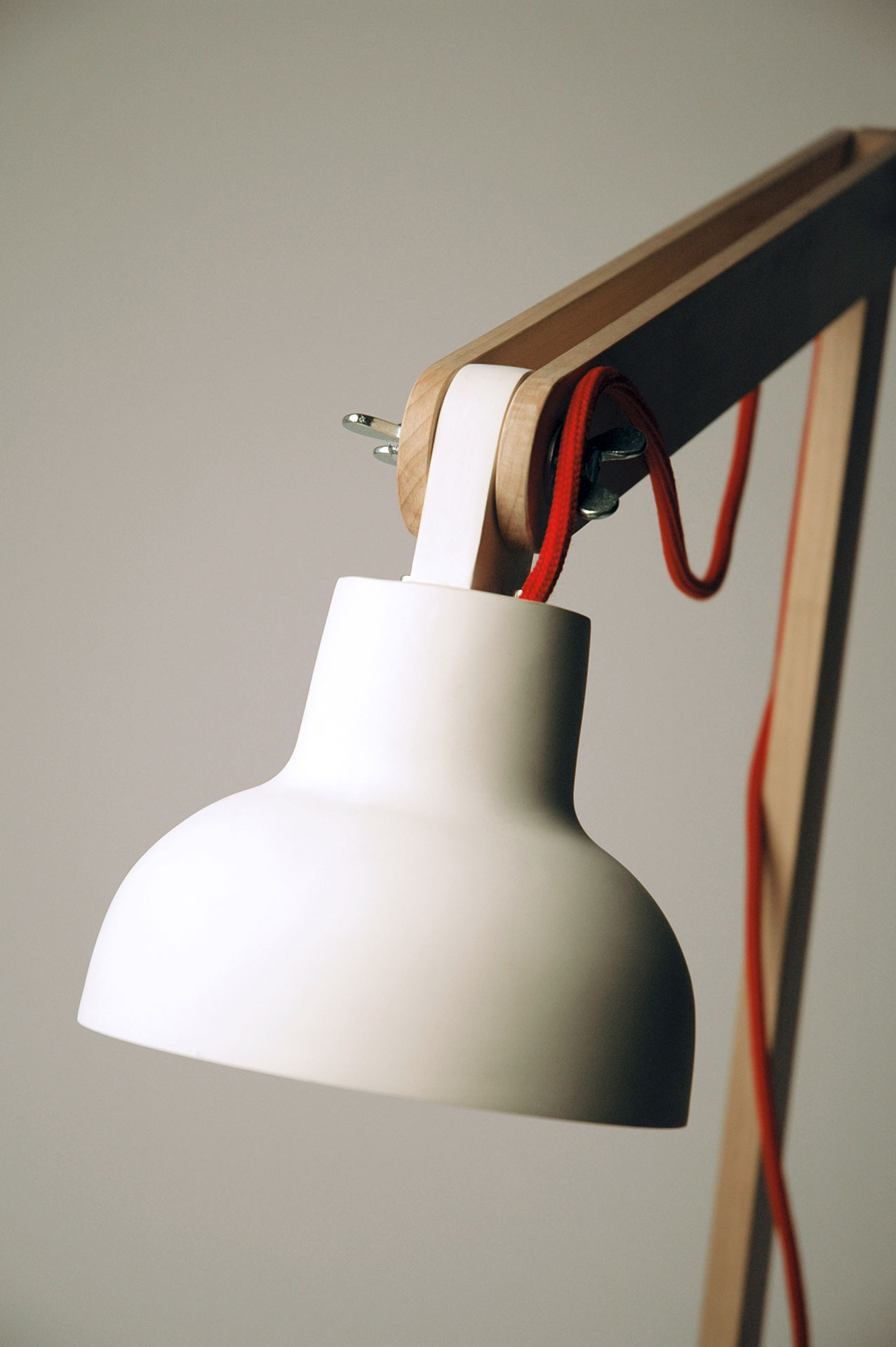 F.004
F.004
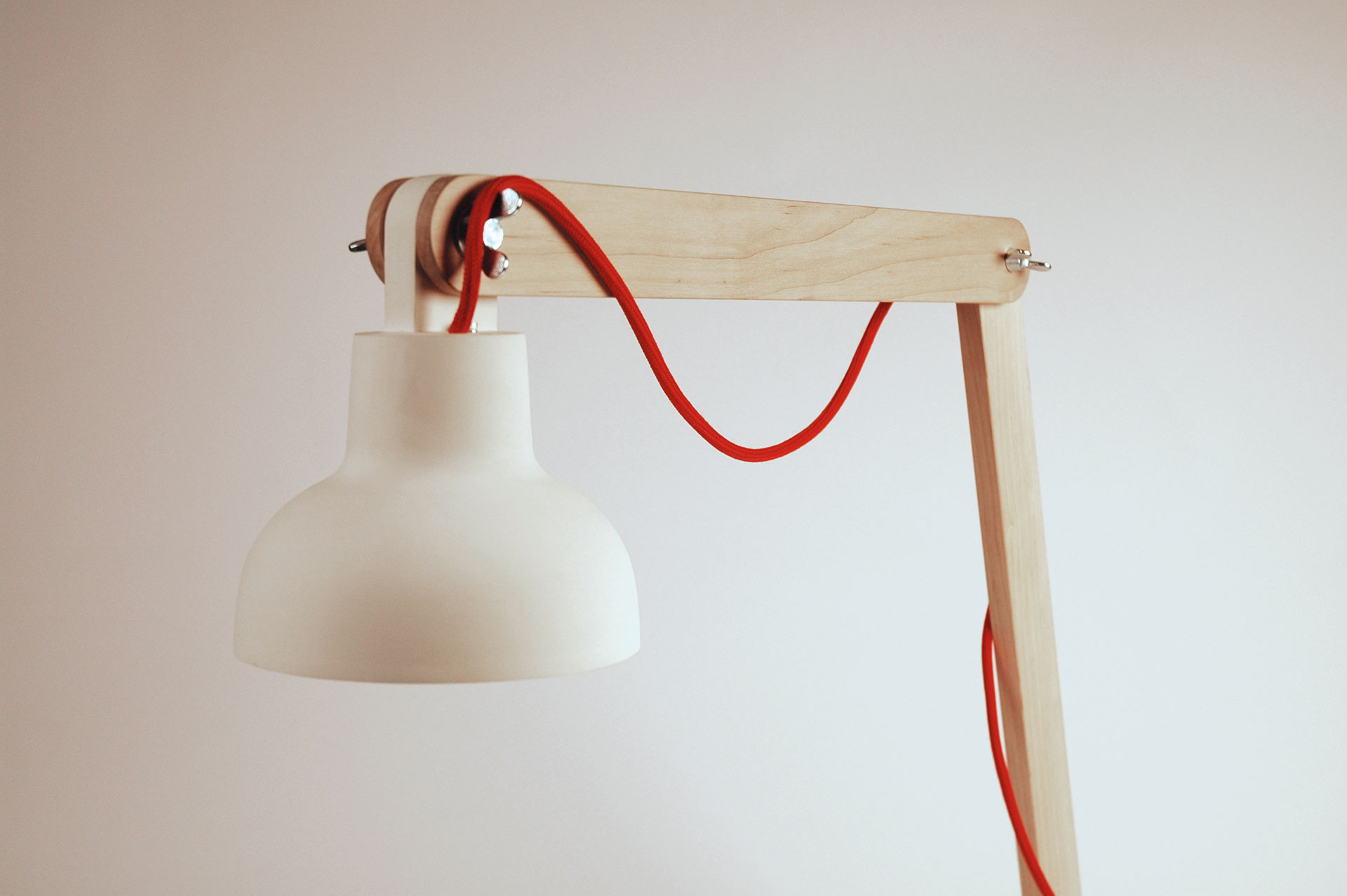 F.003
F.003
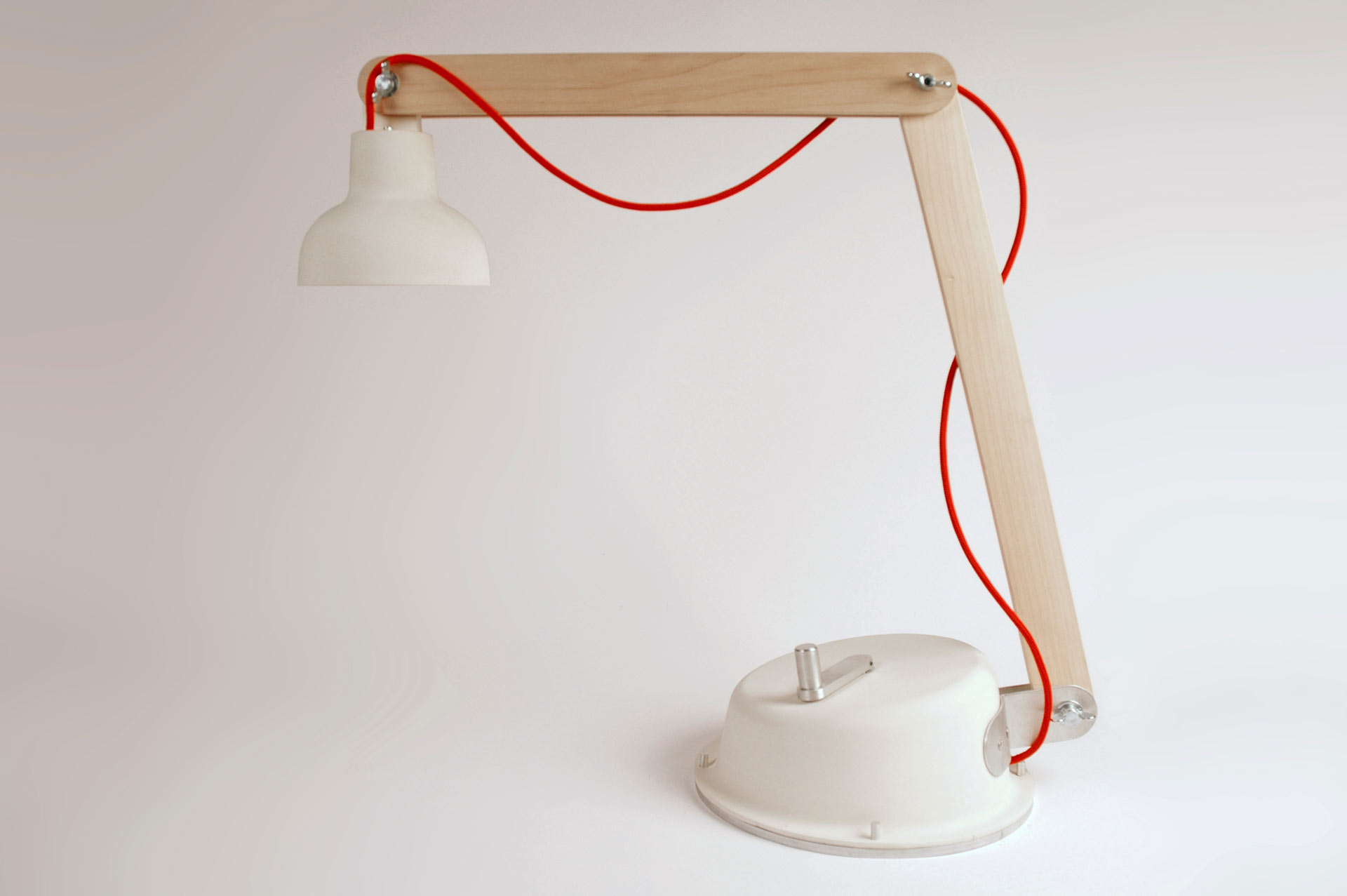 F.002
F.002
P.005
The Table Crank
Words
Prelude
The relentless demand for energy has led to the massive exploitation of our planet’s resources. Contemporary homes are filled with electrical and electronic devices, many of which remain constantly connected to the grid, often lingering in standby mode. Alarmingly, 80% of the population is unaware of the energy required to power even the simplest electronic domestic devices, such as a television, a radio, a light.
Concept
Unplugged is designed to provoke reflection on energy consumption. It envisions a speculative future where natural resources are no longer sufficient to meet society’s demands—a post-industrial scenario in which the architectural remnants of civilization serve as a backdrop for rediscovering alternative methods of energy production. In this context, self-generated energy emerges as the main viable approach, one that considers the planet’s cycles of resource replenishment. The Table Crank is the first prototype in the series, raising a fundamental question: how much physical effort is required to power a simple LED bulb?
Design
The light is made of wood, unglazed ceramic, and aluminum. It activates by a manual rotation of the crank embedded in the ceramic base: four to five minutes of cranking provides nearly half an hour of light. The produced energy is then stored in a battery, allowing users to switch the light on and off as needed. By challenging to reconsider our relationship with energy in a world of finite resources, the Table Crank emphasizes the value of sustainability not just as the material outcome of a process, but as an attitude, and design as an implementation of such attitude.
Team
Design
Gionata Gatto
Photography
Studio Gionata Gatto
Exhibitions
14.04.2010 – 19.04.2010
Fuorisalone, Galleria Rossana Orlandi, Milano (IT)
04.04.2014 – 22.02.2015
Italian Design Beyond the Crisis: Autarky, Austerity, Autonomy, Triennale di Milano (IT)
Press
Would you like to receive press materials about this project? Enter your email here
Articles
DesignBoom, 2010 LINK
